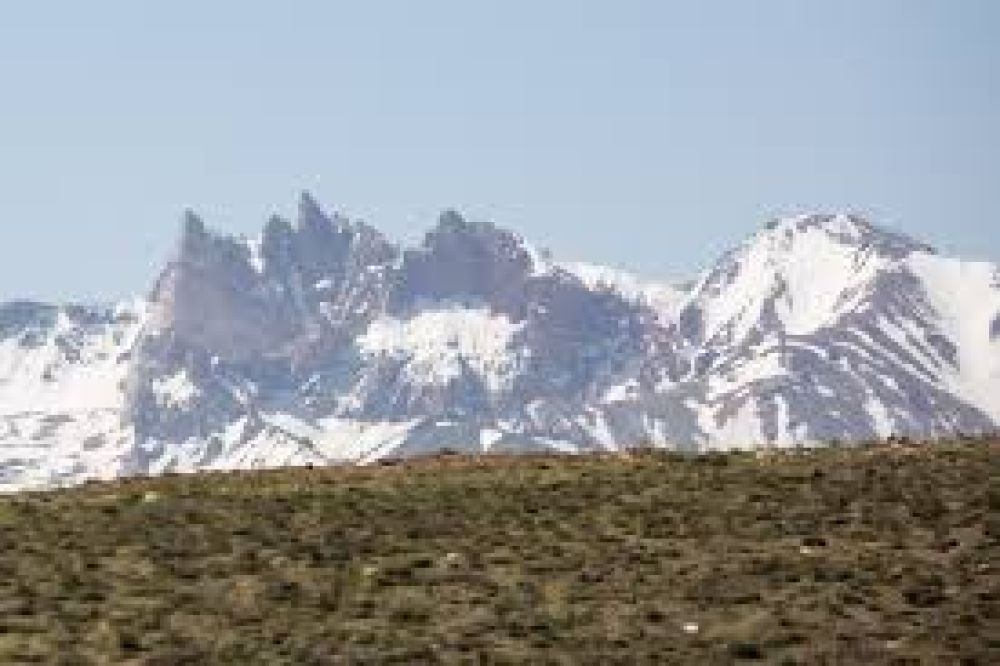Baba Mountain, also known as Koh-e Baba, is the dominant feature of the Bamyan province in central Afghanistan. It forms the western extension of the Hindu Kush mountain range and is renowned for its staggering heights, scenic beauty, and historical significance. Rising to elevations above 5,000 meters, the Baba Mountain range serves as a watershed between the Amu Darya and the Indus river systems. The area is characterized by rugged terrain and pristine nature, with valleys that are lush in the summer and covered by snow in the winter. Historically, Baba Mountain and the surrounding regions have been part of the Silk Road, contributing to the area's rich cultural tapestry. Bamyan itself is famous for the giant Buddha statues carved into the cliffsides by early monks, which stood guard over the region until their destruction in 2001. Outdoor enthusiasts visit Baba Mountain for trekking and experiencing the region's natural beauty and the warmly hospitable local Hazara community, who have lived in these highlands for centuries. While infrastructure is limited, the breathtaking landscape and cultural sites offer a unique glimpse into Afghanistan's ancient heritage and natural wonders.

